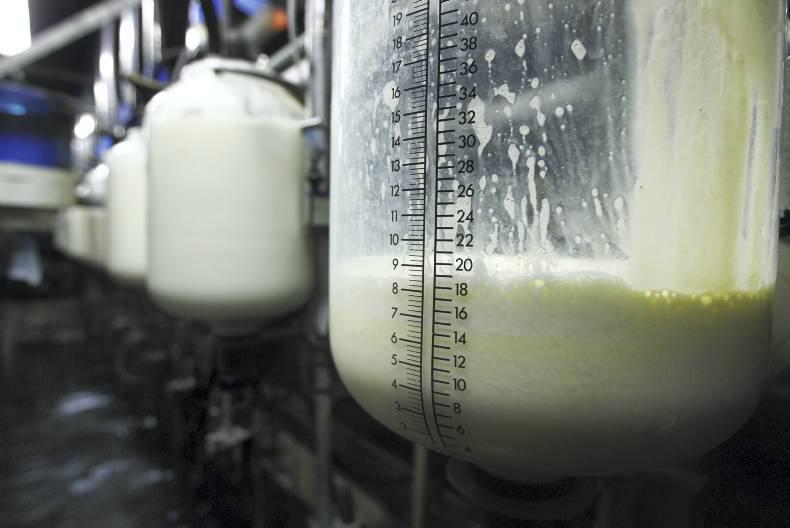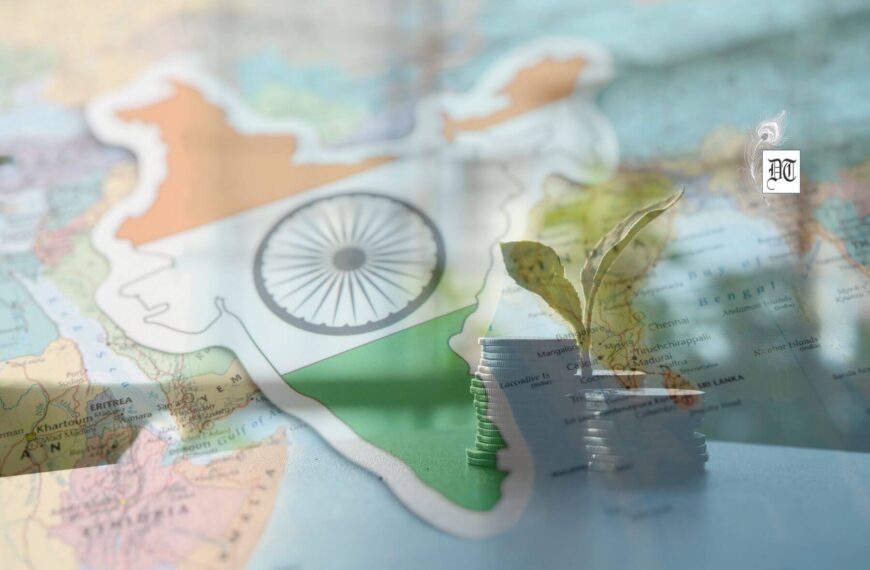There is no dearth of government projects and schemes to improve the dairy sector infrastructure. However, what appears to be missing is a political will to assure small and marginal milk producers, who are contributing the most to the country’s milk production, of some guaranteed procurement price that the dairy farms will have pay. Marginal farmers are agitated. Recently, in Maharashtra and Odisha, they poured milk on streets instead of selling to farms to protest against abysmally low procurement prices offered by these farms. A report, for Different Truths.
India may be the world’s largest producer of milk, but when it comes to per capita consumption, it is still far below the countries such as the US, EU members, Russia and even Brazil. Moreover, much of India’s milk is used for sweetmeat production. According to market researchers, India’s annual per capita milk consumption is still well below 100litres, compared to the US (nearly 300ltrs.), EU (over 280ltrs), Russia (220ltrs) and Brazil (156ltrs).Therefore, the recent statement in Lok Sabha by Minister of State for Agriculture Krishna Raj seeking to raise the country’s milk production to 254.5 million tonnes by 2021-22 makes sense. The minister said: “Milk production in the country was 165.4 million tonnes during 2016-17 and 176.35 million tonnes (provisional) during 2017-18.”
However, what the minister did not say is the reason behind the current ‘milk glut’ in the country despite low per capita consumption, leading to distress sale of milk by their producers to procurers, notably private dairy farms. The procurement price offered by most private dairy farms is around Rs.18-20 per litre of milk, while the market price of packaged milk is Rs.40-44 per litre or more. Packaged pasteurised homogenised cow milk with as low as four percent fat content could cost around Rs.44 per litre. Whole-milk is, of course, dearer. The procurement price by private dairies in most states such as Uttar Pradesh, Maharashtra, Odisha and Madhya Pradesh does not even cover the cost of production, especially by small farmers, creating an artificial milk glut in the market. About 78 percent farmers are small and marginal, who own totally about 75 percent of female bovine.
Gone are the days when the legendary ‘milkman of India’ Joseph Kurien, spearheading the country’s ‘white revolution’, offered to pay procurement price up to 85 percent of market price of milk (including bonus) to farmers. Most private dairy farms and political leaders-controlled cooperatives in states like Maharashtra are squeezing small milk producers. The latter make big money out of processed milk and products. The prices of dairy products have gone up substantially in the last 10 years while the basic milk suppliers have been struggling to feed their cattle. Many are asking the government for subsidies up to Rs.6 per litre to save themselves and their cows and buffaloes from starvation. The balance sheets of dairy farms such as Amul, Mother Dairy, Orissa State Cooperative Milk Producers Federation, Kwality Limited, Andhra Pradesh Dairy Development Cooperative Federation, Karnataka Co-Operative Milk Federation, Dynamix Dairy of Maharashtra, Tamil Nadu’s AAVIN Dairy, Kerala’s MILMA Dairy and Gujarat’s Dudhsagar Dairy show that the industry, in general, is doing extremely well. In fact, the dairy industry is on a major expansion mode.
There is no dearth of government projects and schemes to improve the dairy sector infrastructure. However, what appears to be missing is a political will to assure small and marginal milk producers, who are contributing the most to the country’s milk production, of some guaranteed procurement price that the dairy farms will have pay. Marginal farmers are agitated. Recently, in Maharashtra and Odisha, they poured milk on streets instead of selling to farms to protest against abysmally low procurement prices offered by these farms. Milk production in large quantities is no longer limited to a few states. Uttar Pradesh, Maharashtra, Gujarat, Madhya Pradesh, Tamil Nadu, Karnataka, Andhra Pradesh, Rajasthan, Punjab, Haryana, Bihar and Bengal are among the top milk producers, today. They welcome such projects and schemes as Rashtriya Gokul Mission, National Programme for Dairy Development, Dairy Entrepreneurship Development Scheme and Dairy Processing Infrastructure Development Fund if they help farmers earn a modest livelihood. Lower procurement prices of milk have driven many milk producers as well as private distributers follow highly dishonest means to adulterate milk causing serious health risk to consumers. This is one area that the government must strongly step in to protect milk quality and consumers.
Large milk producers are, however, ready to cooperate with the central and state governments to supply good quality and nutritious milk to consumers. The Food Safety and Standards Authority (FSSAI) has asked state food authorities to keep a strict vigil by regularly drawing food samples and take strict action against offenders. Lately, it distributed electronic milk adulteration testing machines to states and Indian Railways for detection of fat, SNF, protein, lactose, density and added water as well as adulterants like urea, detergent, ammonium sulphate, caustic soda, hydrogen peroxide, soda and salt in the raw milk. Over 30,000 large test kits have been funded under National Dairy Plan being implemented through NDDB. Similarly, the government plans to fund 28,000 electronic milk adulteration testing equipment to help address adulteration. Such efforts are most welcome. However, their success will depend on effective implementation of the schemes.
Fortunately, not all private dairy farms in the country are out to squeeze milk producers — big or small. India’s largest private sector dairy farm — Rs.4,000-crore Hatsun Agro in Tamil Nadu — pay farmers Rs 26 a litre. So is Heritage, a company run by the family of Andhra Pradesh Chief Minister Chandrababu Naidu. Multinational corporations like Nestle often pay a little more to their milk producers. This is also true in the case of players like Britannia and Hindustan Unilever. Suffice it to say that the country’s future success to emerge as a major global milk consumer rests on the health of our milk producers. The country should not deviate from the social and economic ideologies of Kurien which helped India emerge as the world’s No.1 milk producer. Kurien had, actually, influenced the global milk structure by showing how to restrict the cost of procurement, processing, marketing and distribution within 20 percent of the market price for milk. In the process, he also introduced a system that kept politicians or bureaucrats at bay from milk producers.
Nantoo Banerjee
©IPA Service
Photo from the Internet





 By
By

 By
By
 By
By